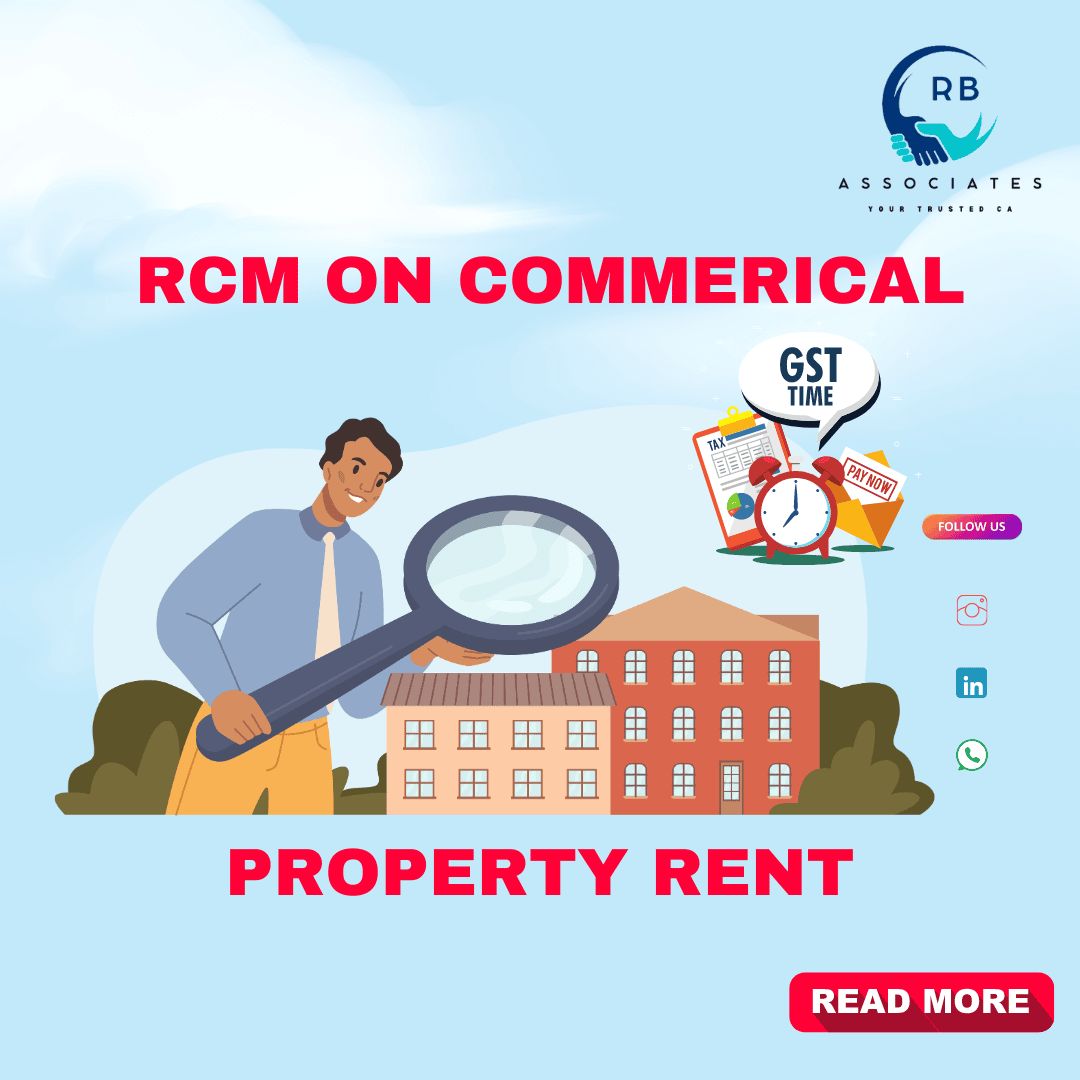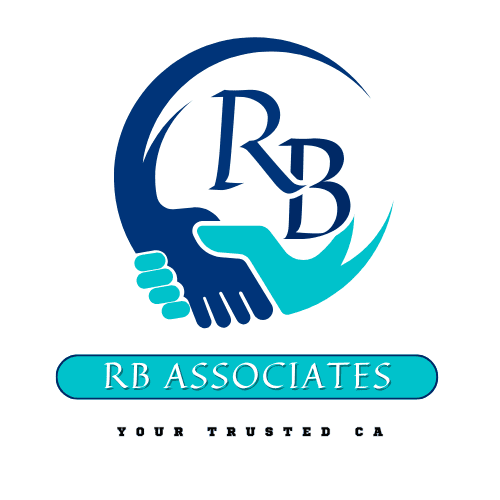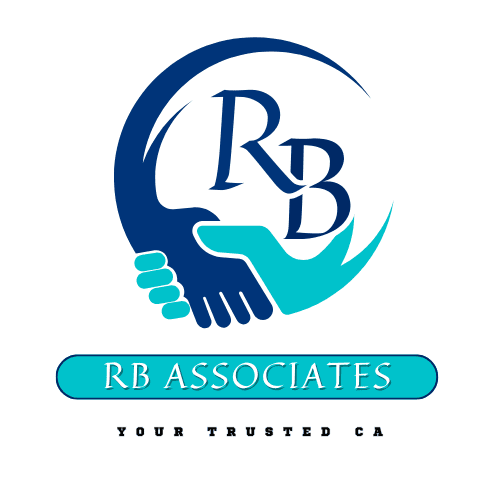The Reverse Charge Mechanism (RCM) on Commercial rent refers to the system where the tenant is liable to pay GST on the rented Commercial Property.

Detailed Overview of RCM on Commercial Rent.
What is RCM ?
The Reverse Charge Mechanism (RCM) under the Goods and Services Tax (GST) has a significant impact on commercial rent, especially when it comes to determining who is responsible for paying the tax on rented commercial properties.
Overview of GST Applicability:
- GST Composition Taxpayer: If the tenant is a GST composition taxpayer, the RCM liability becomes an extra cost because they cannot claim Input Tax Credit (ITC).
- GST Regular Taxpayer: If the tenant is a GST regular taxpayer, they can claim the RCM liability as ITC, reducing their tax burden.
- Payment Method: RCM liability must be paid in cash
Impact on Landlords and Tenants:
- For Registered Landlords: If the landlord is registered under GST, they charge GST at 18% on the rent to the tenant, and the tenant pays the GST along with the rent.
- For Unregistered Landlords: If the landlord is not registered under GST, the RCM applies, and the tenant (if registered) is responsible for paying the GST directly to the government. This impacts small landlords who do not meet the GST registration threshold but rent out commercial properties to registered businesses.
ITC (Input Tax Credit) for Tenants
Tenants paying GST under RCM can avail of Input Tax Credit (ITC) on the GST paid under RCM, provided they are using the property for business purposes. This reduces the effective cost of renting for businesses since they can set off the GST paid under RCM against their GST liability on other supplies.
Cash Flow Impact on Tenants
RCM may affect the tenant’s cash flow, as they need to pay the GST on the rent directly to the government rather than just paying it as part of the rent to the landlord. However, tenants who are eligible for ITC can offset this GST liability against their output tax liability, so the overall tax burden remains neutral.
Accounting and Compliance Burden
- For Tenants: Tenants need to be aware of their responsibility to pay GST under RCM. They must ensure they correctly account for the GST liability, pay it to the government, and claim ITC, which adds to the administrative and compliance burden.
- For Landlords: While unregistered landlords are not directly impacted by RCM in terms of GST compliance, their tenants may prefer dealing with registered landlords to simplify their tax processes.
Exemptions and Thresholds
The RCM does not apply to small landlords whose aggregate turnover is below the GST registration threshold (₹20 lakhs for most states, ₹10 lakhs for some special category states). Additionally, if the tenant is unregistered under GST, RCM does not apply, and no GST is payable on the rent.
Impact on Commercial Real Estate Sector
- For Small Property Owners: Small landlords who rent out commercial properties to registered businesses may face reduced demand if tenants prefer renting from GST-registered landlords to avoid the complexity of RCM.
- For Large Businesses: Larger businesses renting commercial properties may prefer to deal with registered landlords, which could shift market dynamics in the commercial real estate sector.
Tax Rate on Commercial Rent
GST on commercial rent is currently taxed at 18% under the services category. This applies whether GST is paid by the landlord or under RCM by the tenant. Even when RCM applies, the applicable tax rate remains the same.
Conclusion
The application of RCM on commercial rent has broad implications for tenants, landlords, and the overall real estate sector. While it shifts the tax burden from landlords to tenants, it ensures that GST is collected on rental transactions, even when landlords are unregistered. For tenants, especially businesses, RCM means added responsibilities in terms of compliance and cash flow management, but the availability of ITC can help offset the GST paid under RCM. The RCM on commercial rent also influences leasing decisions and market dynamics in the commercial real estate sector.
The Reverse Charge Mechanism (RCM) under the Goods and Services Tax (GST) has a significant impact on commercial rent, especially when it comes to determining who is responsible for paying the tax on rented commercial properties.
Overview of GST Applicability:
- GST Composition Taxpayer: If the tenant is a GST composition taxpayer, the RCM liability becomes an extra cost because they cannot claim Input Tax Credit (ITC).
- GST Regular Taxpayer: If the tenant is a GST regular taxpayer, they can claim the RCM liability as ITC, reducing their tax burden.
- Payment Method: RCM liability must be paid in cash
- For Registered Landlords: If the landlord is registered under GST, they charge GST at 18% on the rent to the tenant, and the tenant pays the GST along with the rent.
- For Unregistered Landlords: If the landlord is not registered under GST, the RCM applies, and the tenant (if registered) is responsible for paying the GST directly to the government. This impacts small landlords who do not meet the GST registration threshold but rent out commercial properties to registered businesses.
- For Tenants: Tenants need to be aware of their responsibility to pay GST under RCM. They must ensure they correctly account for the GST liability, pay it to the government, and claim ITC, which adds to the administrative and compliance burden.
- For Landlords: While unregistered landlords are not directly impacted by RCM in terms of GST compliance, their tenants may prefer dealing with registered landlords to simplify their tax processes.
- For Small Property Owners: Small landlords who rent out commercial properties to registered businesses may face reduced demand if tenants prefer renting from GST-registered landlords to avoid the complexity of RCM.
- For Large Businesses: Larger businesses renting commercial properties may prefer to deal with registered landlords, which could shift market dynamics in the commercial real estate sector.
ITC (Input Tax Credit) for Tenants
Tenants paying GST under RCM can avail of Input Tax Credit (ITC) on the GST paid under RCM, provided they are using the property for business purposes. This reduces the effective cost of renting for businesses since they can set off the GST paid under RCM against their GST liability on other supplies.
Cash Flow Impact on Tenants
RCM may affect the tenant’s cash flow, as they need to pay the GST on the rent directly to the government rather than just paying it as part of the rent to the landlord. However, tenants who are eligible for ITC can offset this GST liability against their output tax liability, so the overall tax burden remains neutral.
Accounting and Compliance Burden
Exemptions and Thresholds
The RCM does not apply to small landlords whose aggregate turnover is below the GST registration threshold (₹20 lakhs for most states, ₹10 lakhs for some special category states). Additionally, if the tenant is unregistered under GST, RCM does not apply, and no GST is payable on the rent.
Impact on Commercial Real Estate Sector
Tax Rate on Commercial Rent
GST on commercial rent is currently taxed at 18% under the services category. This applies whether GST is paid by the landlord or under RCM by the tenant. Even when RCM applies, the applicable tax rate remains the same.
Conclusion
The application of RCM on commercial rent has broad implications for tenants, landlords, and the overall real estate sector. While it shifts the tax burden from landlords to tenants, it ensures that GST is collected on rental transactions, even when landlords are unregistered. For tenants, especially businesses, RCM means added responsibilities in terms of compliance and cash flow management, but the availability of ITC can help offset the GST paid under RCM. The RCM on commercial rent also influences leasing decisions and market dynamics in the commercial real estate sector.

